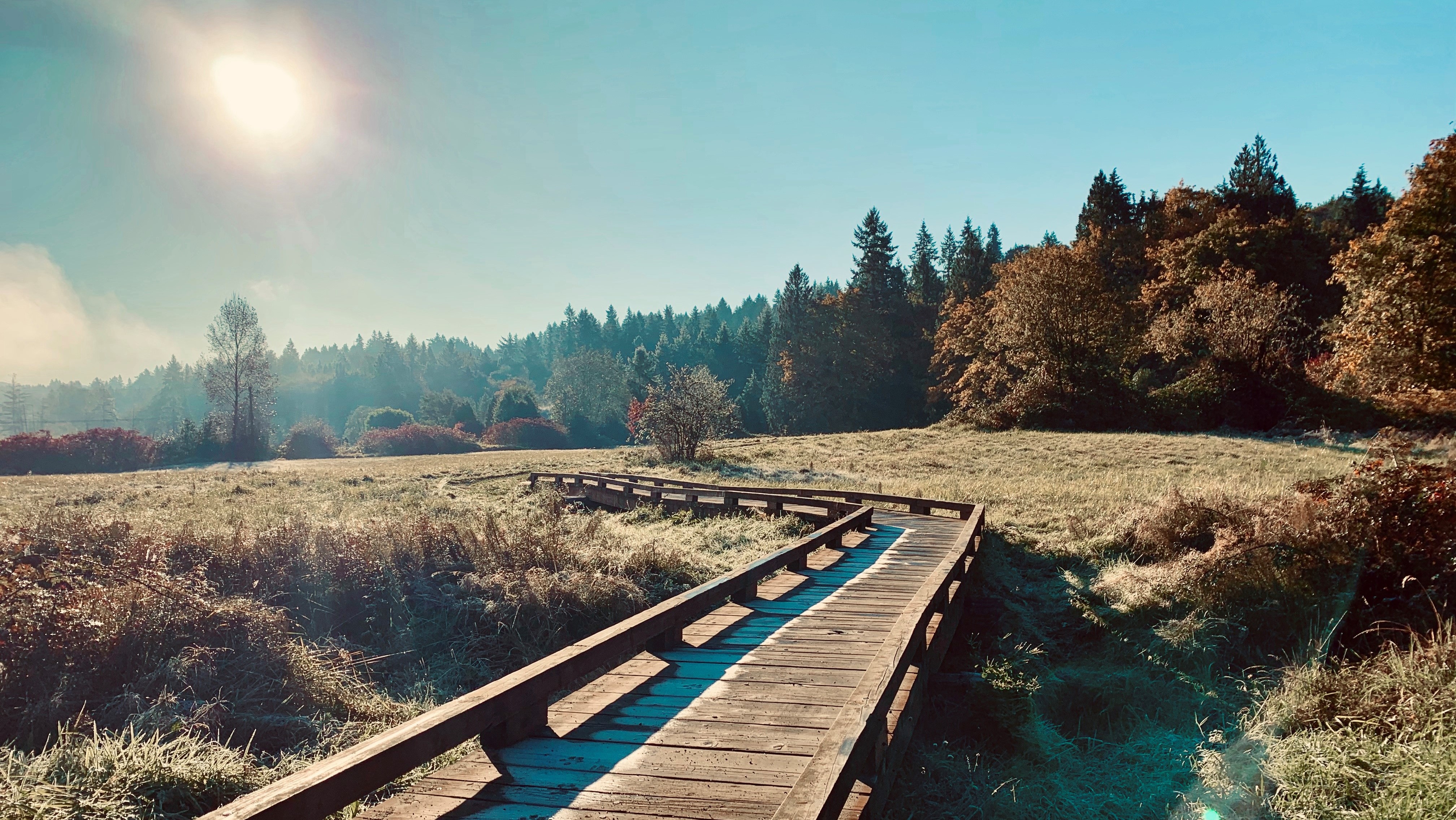Pavement Management Program
Program Summary
City of Sammamish’s overlay program provides major street maintenance of roadways. This maintenance include street overlays, pavement rehabilitation, curb and sidewalk repair and appropriate Americans with Disabilities (ADA) retrofit work. Pavement overlay projects also replace pavement markings and vehicle detection loops for traffic signals.
For its annual overlay program, the City allocates a certain amount of dollars each year to pave roadways. In 2021 the City allocated $1,570,000.00.
Over the past 10 years, the City has overlaid approximately 75 miles of our roadway.
Current Program Projects
228th Avenue Overlay - SE 8th St to NE 8th St
What is an overlay?
Overlay is the paving of a second layer of asphalt over existing asphalt. It applies about two inches of a mixture of coarse rock and asphalt. This process extends the useful life of well-traveled streets by up to 20 years.
Some areas of the roadway may need repair before the overlay. Depending on the degree of cracking, crumbling or sinking, some areas may be cut out and patched.
The overlay process reduces pavement distress, lowers noise levels, reduces life-cycle costs, and provides long-lasting service.
What else happens during the annual overlay project?
Contractor’s crews also repair broken curbs, sidewalks, and rebuild sidewalk ramps to meet current ADA (Americans with Disabilities Act) guidelines. ADA sidewalk ramps makes sidewalks easily accessible to all users.
After the curb and sidewalk repairs are completed, crews prepare the roadway for the asphalt overlay. Defects or cracking in the asphalt may be removed and patched.
Crews then mill and grind the roadway before placing overlay asphalt. This allows the new surface to match up with existing gutters and cul-de-sac/ median islands.
How the overlay process works
During resurfacing, dump trucks bring hot asphalt to the project site. A paving machine lays down hot asphalt, and large rollers compact the asphalt as it cools. Manhole covers and other utility covers in the roadway are raised to the top of the new asphalt.
Once the street has reached its optimum compaction value, crews can reopen travel lanes when the asphalt cools enough for safety. At signalized intersections, crews place new loop detectors into the pavement. Finally, crews add new lane markers, crosswalk stripes and arrows.
More information about overlays
For further in-depth information, see our PowerPoint from the March 13, 2018 Study Session:
If you have any questions about the construction please call or email Ben Ressler.
How overlays might impact you
Street Cuts
Ordinance # 02001-78 prohibits the excavation of resurfaced or newly constructed roads for a minimum of five years following construction or paving. If you are planning to have underground utility work done under the new pavement, you are strongly encouraged to expedite it. This may include utility work such as water, sewer, telephone, gas, electrical, etc. Please call us as soon as possible to coordinate this work.
2019 No-Cut Streets Map
This map is intended to be used as a reference and is not meant to be used for official purposes. Always check with the City to know if a road is considered a "No-Cut".
